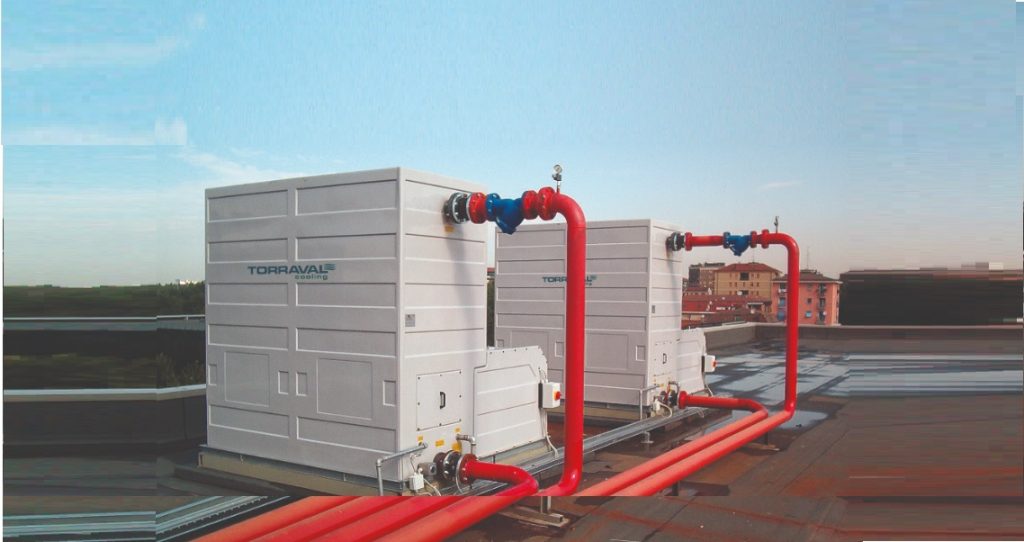Evaporative cooling as an alternative technology in reducing CO2 emissions
Under the global warming caused by emissions of CO2 and fluorinated gases used in the production of cold, the UN predicts an increase from the 3,600 million existing refrigeration equipments to 14,000 unids in the year 2050. This is stated in the report prepared by the United Nations Program United for Environment and International Energy Agency. In addition, it proposes the installation of evaporative equipment or passive architecture in the case of building constructions as a way to avoid the exponential increase in emissions.
With coordinated international action on efficient and environmentally-friendly refrigeration systems, emissions of up to 460 billion tons of greenhouse gases could be reduced over the next four decades.
It is currently estimated that cooling systems are responsible for 7-10% of CO2 emissions.
Evaporative cooling systems reduce CO2 emissions and increase energy efficiency
Evaporative cooling is a simple system that has been used since ancient times to cool the air. Its main advantages are its high energy efficiency, its safety and environment respectful. It is a natural process based on water as a coolant. The units use water for cold production optimizing its consumption, since it is reused in the refrigeration circuit with minimal loss through evaporation. In addition, it reduces indirect CO2 emissions thanks to energy savings and its efficient operation.
Evaporative cooling therefore represents a clean and environmentally friendly alternative.
This cooling technology also offers a good relationship between the cost of its installation and the efficiency obtained.
10th of February 2021